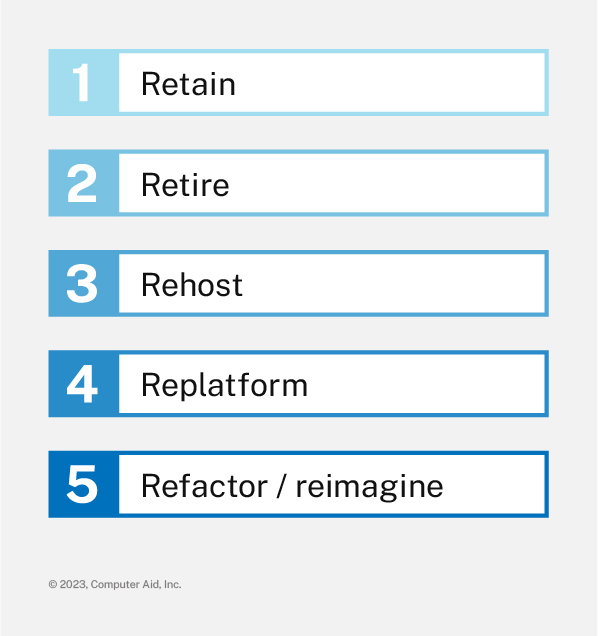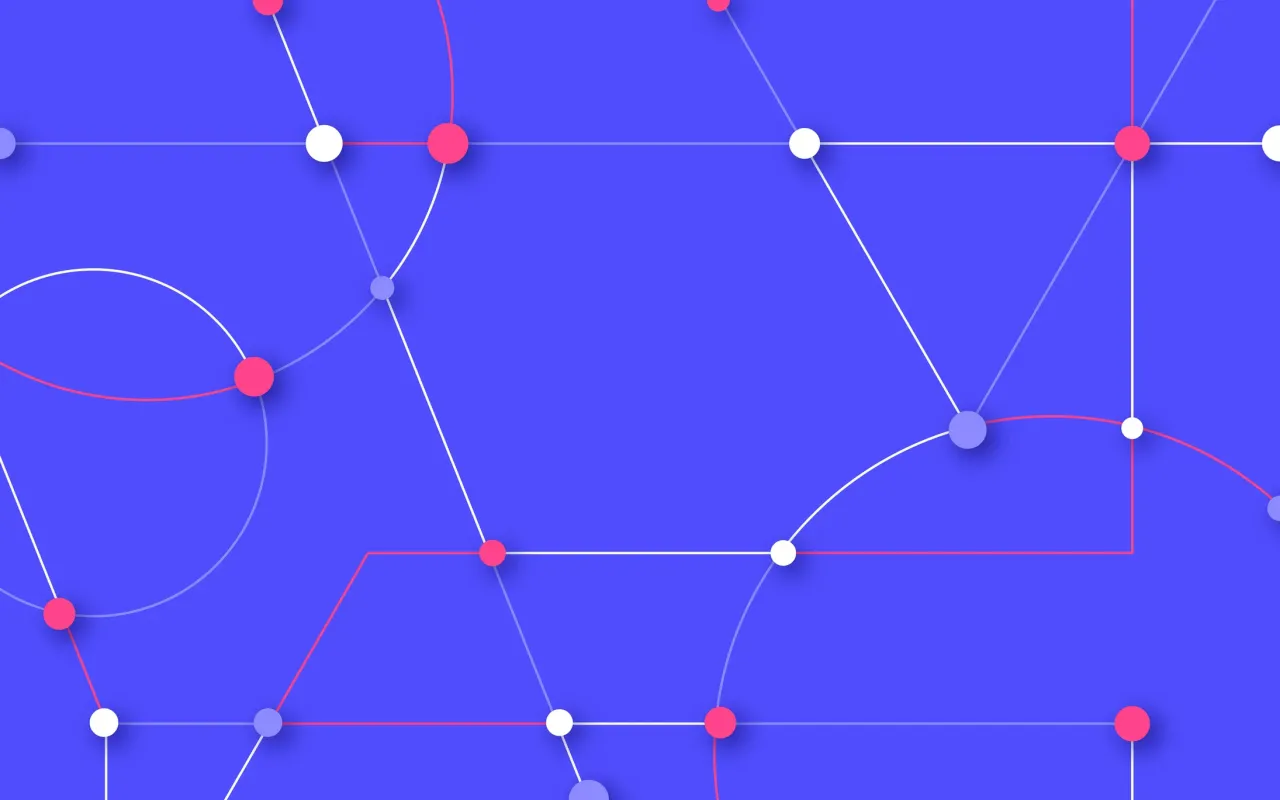In today’s hyper-digital world, applications power your business. From IT applications driving technology and business applications that keep employees productive, to customer applications that provide a seamless experience, your digital presence is more important than ever. Because of this, it’s equally important that your organization understand the technology you have, what it does, and how it works with the rest of your environment. Doing so makes it easier to identify areas that need improvement, refinement, and/or modernization—all saving you time and resources in the long term. To accomplish this, many organizations are looking to application rationalization and seeing real benefits.
What is application rationalization?
Application rationalization is the process of assessing your current suite of applications and eliminating duplicates or redundancies. It’s a means to consolidate and streamline operations, making it easier to modernize and support business-critical applications without wasting time and resources on double work.
App rationalization is important because it allows organizations to have greater oversight of their technology. In many cases, applications exist in your technology environment that are unregulated, out of date, or even unused. Especially in today’s technological landscape, Software as a Service (SaaS) applications are readily available and easy to access – meaning individuals can leverage them without a formal process. Depending on organizational policy, some companies may not even know who is using what applications, or what for, if they’ve accessed them without alerting the organization. IT teams are often only made aware of these applications after internal users request integrations, user authentication, or support. Apps cost money and resources, whether they’re being used effectively or not—rationalization allows you to manage their cost, risk, and quality.
For example, many organizations find that they have multiple platforms handling the same process and performing the same function. To mitigate this and consolidate the time and resources it takes to maintain two platforms, they look to rationalize – in other words, they identify one platform to perform the function and standardize it across the business. This requires an understanding of what business processes are in place, what problems they solve, and how efficiently they work. It’s a collaboration between technology teams and business stakeholders to implement the necessary oversight and governance to not only identify but streamline and enforce these changes. In many cases, these are difficult decisions, but with the right teams and infrastructure in place, making them can be the difference between a cumbersome, redundant suite of applications and a more efficient way of working.
In addition to improved oversight, governance, and standardization, application rationalization helps you to:
- Improve efficiencies in your technology and employee workload
- Pay down technical debt
- Manage costs and risks
- Position your organization to modernize and streamline operations even more
- Better manage security compliance
- Improve agility to respond to business needs and priorities
- Redirect operating costs and resources to focus on digital innovation and transformation
In an environment where internal and external customers expect an intuitive, fast-paced digital experience, this is critical to remain competitive and productive. With these considerations in mind, engage key stakeholders to standardize your tech stack and enforce it across the business.
Application rationalization to lower your total cost of ownership (TCO)
On a larger scale, application rationalization projects help reduce the TCO of your application suite. Total cost of ownership is an estimate of the expenses associated with the procurement, deployment, development, maintenance, and usage of a technology asset throughout its lifecycle.
Each app itself has a TCO, and some are higher than others—identifying areas to consolidate redundancies eliminates some of these individual pieces, lowering the TCO for the entire suite of apps in the process. In times of market uncertainty, this is especially important, as cutting back on unnecessary or duplicative spending is an effective way to manage your resources.
Lowering your TCO goes beyond financial cost, although that is a considerable benefit. It also improves productivity and efficiency by allowing employees to focus on the most business-critical applications. With fewer things to manage, more time can be spent optimizing and modernizing the ones that matter most. Additionally, with less time spent managing duplicative, redundant platforms, you can invest more time, money, and resources in innovation and future planning.
Application rationalization methodology - Streamline your applications to prepare for the future
While application rationalization seems to be a large undertaking, it’s a worthy investment that will show measurable results in cost efficiencies, improved oversight and security, and more. With the right steps in place, you can develop a rationalization plan that works for your organization.
Start by identifying the pieces of your application suite and taking inventory of what you have. Once you’ve done that, assess the TCO of each individual application and consider how they all integrate with each other. This is where you can begin to identify redundancies, duplicative functions, or outdated legacy systems that can be retired or replaced. Once this is complete, and you understand each application and its function, you can more easily develop a plan for addressing each application.
At CAI, we look at the 5 Rs of application rationalization to guide planning:
- Retain: Keep the application as is
- Retire: Remove the application from service
- Rehost: Migrate the application elsewhere
- Replatform: Upgrade the application and reinstall on a new platform
- Refactor/reimagine: Rearchitect and rewrite the application to move towards modern architectures

With a thorough understanding of what your applications do, how they work together, and what to do with each, you can maximize the value of your application suite while lowering its TCO.
CAI has a proven history of helping organizations of all sizes drive value in their application investments. We help you understand not only what to do, but how to do it, and we provide the expertise and partnership to work alongside your teams to see the project through. If you’re not sure where to get started or need the help of external experts, contact us and we’ll work together to optimize your application suite.

